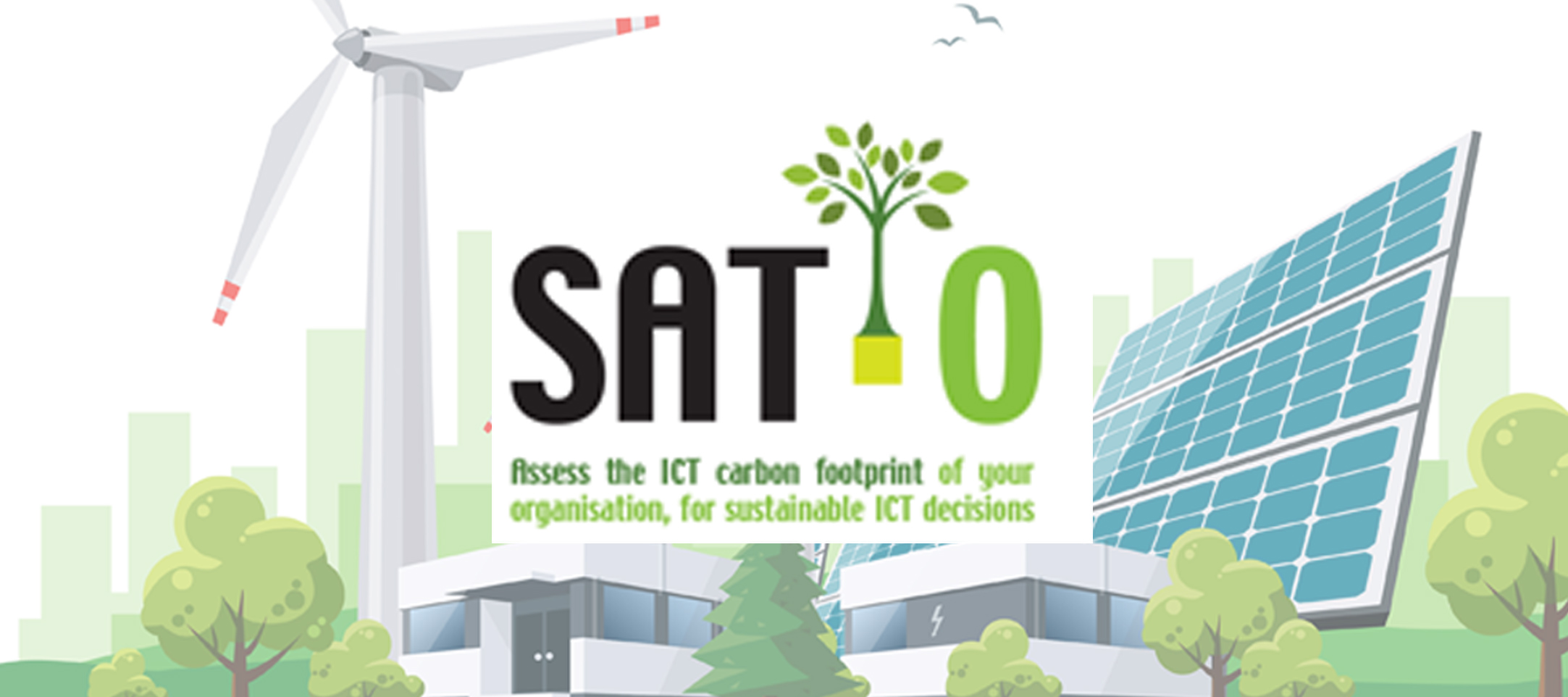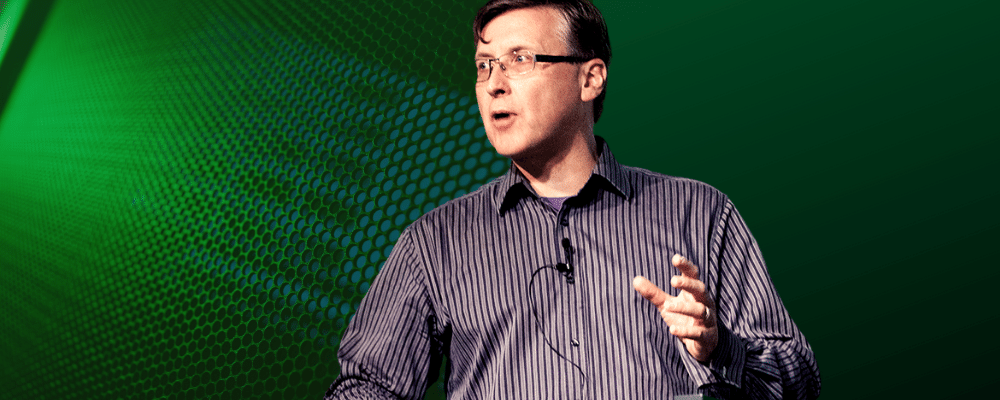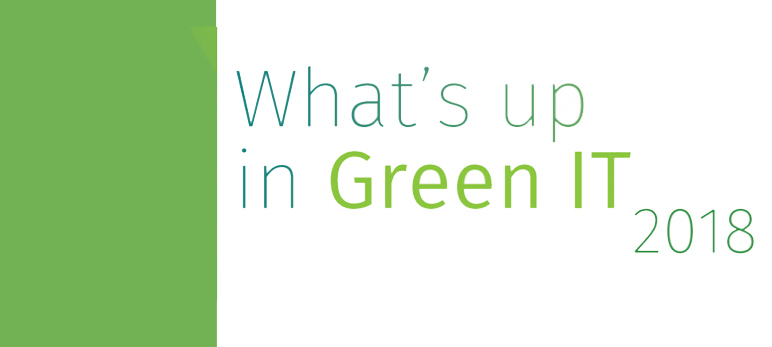
Self-Assessment Tool for Organisations (SAT-O): get to know your ICT carbon footprint & improve your competitiveness with green IT
The era of Digital Market Explosive Growth & Sustainability Challenges
We are entering a new era of digital activity. The increase in usage of the Internet of Things, Cloud, and Smart Cities, paired with better connectivity is making the digitalisation of our economy move at an unprecedented pace. But, what is the “price” we must pay due to this large ICT energy consumption? What are the costs for the Earth and the financial costs for organisations?
There is a pressing need for the European ICT sector to become energy efficient and sustainable. The ICT industry accounts for approximately 2 percent of global CO2 emissions, a figure equivalent to aviation. With 10 million SMEs in the EU, ICT can save up to €600 billion & decrease 15% of carbon emissions in 2020, by becoming energy efficient.
So, the solution is simple: To adopt sustainable ICT procedures within our organisations, right? The problem is, this is when the real challenge starts… Around 55% of ICT companies find it hard to make resource efficiency a part of their core business. The most common barriers are the lack of awareness, tangible benefits, and knowledge to identify the right solutions for their business. It is therefore surprising that nearly 70% of 150 IT decision makers in the UK, France and Germany do not have a system in place to measure environmental impact (Datacenter Converge Europe, 2015).
If You Can't Measure It, You Can't Improve! Raising awareness on the environmental impact of ICT is the first step for reducing it. This is when the Self-Assessment Tool for Organisations (SAT-O) comes into play.
SAT-O: get to know your ICT carbon footprint to make informed sustainable decisions
SAT-O, launched by ICTFOOTPRINT.eu, is a free and simple tool that easily gives you an overall vision of the carbon and energy footprint of your organisation. It was specifically developed for ICT private and public organisations (Large, Small & Medium Enterprises) and Public Administrators, that wish to better understand their ICT carbon footprint.
The SAT-O, which relies on a light reading style, shows the approximate primary energy footprint of your ICT-intensive organisation assessed over one year. But this does not end here! The report also suggests actions to decrease the impact of your ICT in environment and make energy savings.
ICT Standards: valuable guides to get benefits & improve competitiveness
Today, there are several ICT carbon and energy footprint Standards that can be used to access ICT goods, services, and organisations. Although, existing ICT calculation methodologies and their respective characteristics and focus areas are far from being widely known, with the exception of expert consultants.
The work behind the development of SAT-O consisted of putting distinct ICT methodologies into practice and implementing them in a simple, easy-to-use tool, allowing users without a strong expertise in ICT to use it and interpret the results listed in the report.
Standard Methodologies considered in the SAT-0 and other initiatives related with carbon footprint measurement in ICT are listed in the online interactive Map of ICT Standards, with simple factsheets about each standard, available to download.




 © 2018 ICTFOOTPRINT.eu – ICTFOOTPRINT.eu has received funding from the European Commission’s Horizon 2020 research and innovation programme under the Grant Agreement no 690911. The content of this website does not represent the opinion of the European Commission, and the European Commission is not responsible for any use that might be made of such content.
© 2018 ICTFOOTPRINT.eu – ICTFOOTPRINT.eu has received funding from the European Commission’s Horizon 2020 research and innovation programme under the Grant Agreement no 690911. The content of this website does not represent the opinion of the European Commission, and the European Commission is not responsible for any use that might be made of such content.